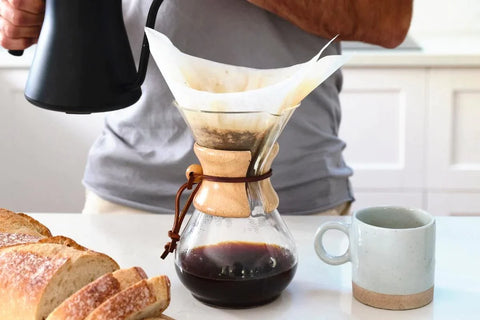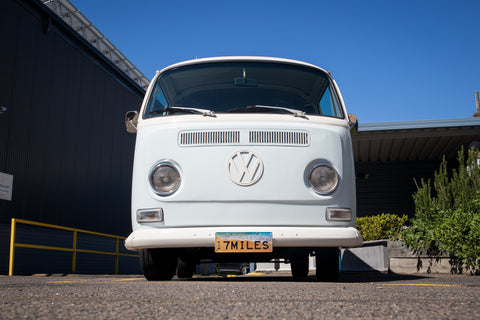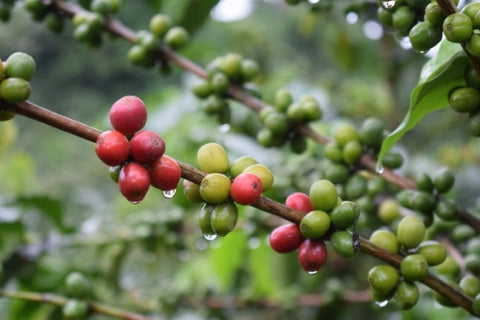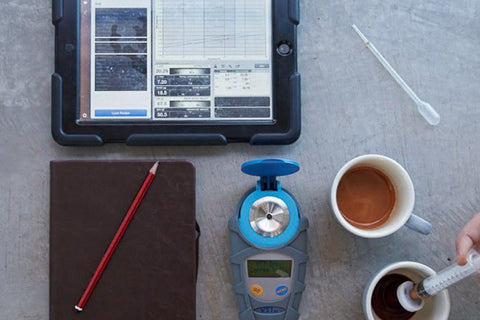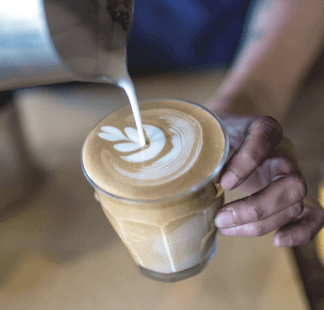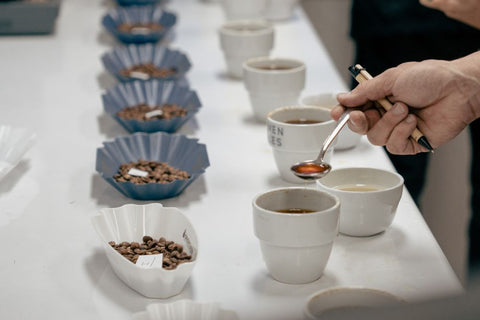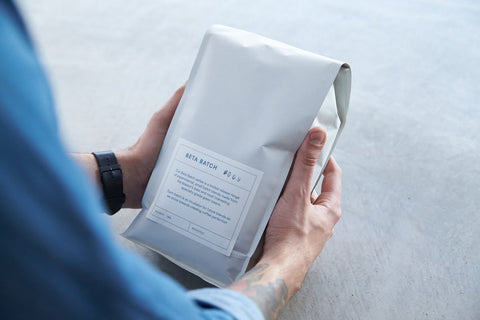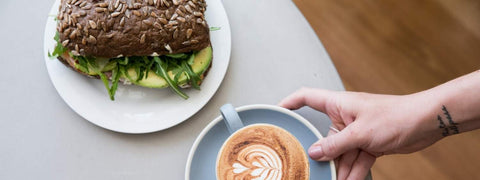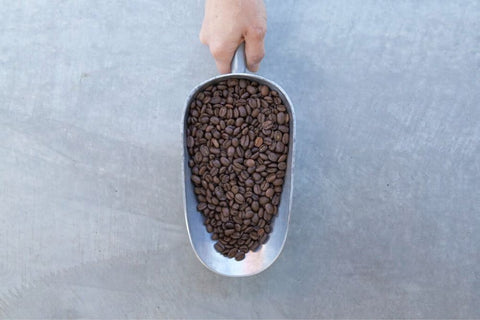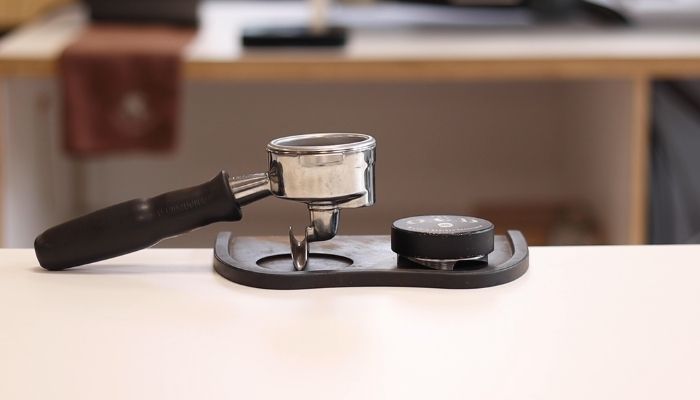Distribution is the process of preparing the ground coffee before we compress it using a tamp.
The thinking here is that if the coffee isn’t evenly distributed throughout the filter basket then the water will work its way through the less dense parts causing uneven extraction of the bed of coffee.

There are a crazy number of tools & techniques out there to distribute the coffee - but in the end they all claim to improve either the quality of the extraction or to improve consistency from shot to shot. With so many options to choose from, these questions often come up.
- Do you need a coffee distribution tool?
- Which coffee distribution technique produces the best espresso?
We wanted to see for ourselves if we could find any evidence that one or more of these techniques made a significant difference.
Espresso distribution methods we tested
For the sake of time, and our sanity, we couldn’t test every method out there. Instead, we limited our tests to the techniques most commonly used in cafes:
- Collapsing the coffee vertically - either on the bench or on the forks of the grinder
- Tapping the side with your palm - we tested both a short version & a longer version of this method
- The ‘Stockfleth’ technique - a method that involves moving the ground coffee in a circular motion between your first finger & thumb
- The OCD distribution tool - which has a series of fins to move the top layers of coffee in a circular motion.
- & doing nothing at all…
Now, before we get carried away - I should clarify a couple of things: First, these tests aren’t the final word on what’s ‘best’. There are hundreds of variables that we can’t account for, not to mention different taste preferences - so your results may vary.
Also, things are about to get really nerdy, really quick. So if you’re just looking for a quick how-to on espresso distribution, you might want to skip ahead to that section now.
Coffee distribution techniques: The Results
We got one of our chemical engineers, Jhonny, to set up a series of different tests - which included measuring the differences in the espresso extraction time & also the TDS, which is the total dissolved solids within the liquid espresso.
This is essentially a measure of the overall strength of the espresso by measuring all the soluble compounds. We do this by taking a small sample and measuring it with a device known as a refractometer. Again, the purpose of choosing these measurements was to see if a particular distribution technique changed how the coffee extracted, or the consistency of the shots over time.
Of course, we also tasted the coffee, but the results of our taste tests were inconclusive - so we won't muddy the waters by commenting on taste this time round. Let’s start with extraction time.
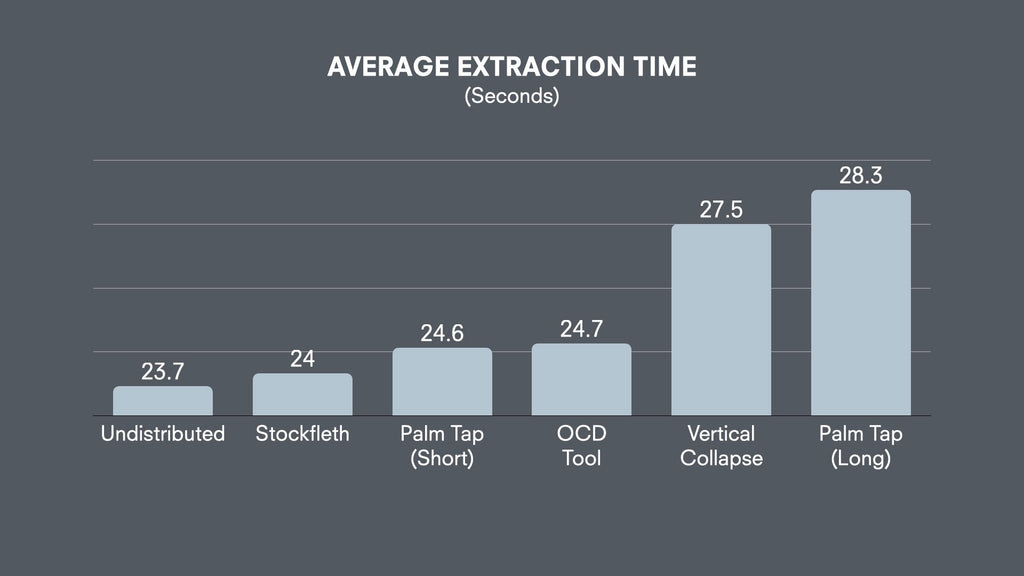
Extraction Time
The simple palm tap, stockfleth, OCD and undistributed grounds all extracted in a very similar range of time - the palm tap & the stockfleth methods were very slightly more consistent than the OCD or the undistributed grounds - but there was basically nothing in it. What was more interesting was that both the vertical collapse and the longer palm tapping technique took noticeably longer to pour than the other methods.
Our best guess is that the violent or prolonged movement of coffee ground forces some of the finer particles to move downwards, effectively forming a relatively dense layer of coffee ground & choke the flow of water a little.
Now, even though the water is taking longer to flow through the coffee, the vertical collapse & the longer palm tapping technique both extracted less than the undistributed grounds. That is, the coffee made using these methods was slightly weaker than the control.

Extraction Yield
At first glance, that seems like the opposite of what should happen. Most people would assume that a longer extraction time would result in more being extracted from the coffee.
However, when we used these techniques, the restricted flow seems to have limited the overall extraction from the coffee. Another point to note here is that while the OCD didn’t really change the extraction time, the shots made using this device also had a slightly lower TDS than the undistributed grounds. This seems like an anomaly, but it does line up with previous research from the team at Socratic Coffee. They also saw a consistently lower extraction yield when using the OCD while keeping other variables the same.
While we don’t know why the shots made with the OCD extracted less, I will point out that a lower TDS is not necessarily a bad thing for flavour - as not everything we extract from coffee has a positive impact. So, while the chart seems to show these shots are worse, taste is a far more complex thing that these numbers on their own would indicate.
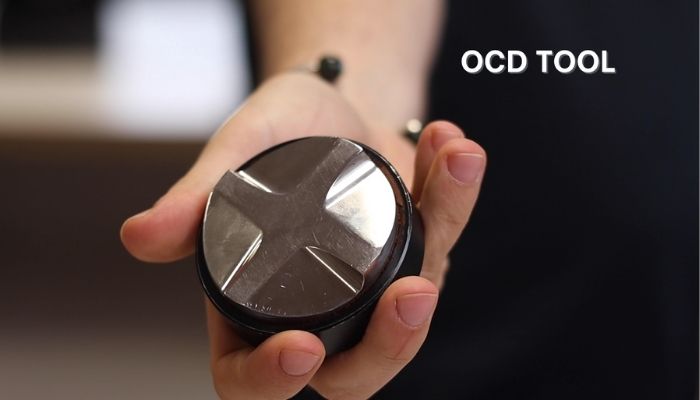 Before we wrap up this section and try to pull some practical conclusions out of all this – I’ll make a quick note on consistency. While we didn’t really see a big difference between the average extraction between distributed grounds & undistributed grounds - the undistributed grounds were definitely less consistent from shot to shot.
Before we wrap up this section and try to pull some practical conclusions out of all this – I’ll make a quick note on consistency. While we didn’t really see a big difference between the average extraction between distributed grounds & undistributed grounds - the undistributed grounds were definitely less consistent from shot to shot.
For that reason alone, we would recommend using some method of distributing the grounds, rather than just leaving it to chance.
It’s also worth noting that we used a high-end commercial espresso grinder, the Mythos One, for these tests. This produces even & less clumpy grounds than smaller domestic grinders - so this may have an impact on how well the undistributed grounds performed.
So, what do we do with all this information?
Our recommendation
Unlike our tests on tamping, these results are not so cut and dry - there is no obvious winnerThe conclusion we came to is this - specific distribution techniques don’t actually make as much of a difference as we think.
It matters more that you pick a technique and use it consistently in your workflow. If you’re starting from scratch, we recommend using the simplest method, which is a simple palm tapping technique.
We recommend it because it’s quick, it doesn’t cost anything, and it’s hygienic as you don’t need to touch the coffee any more than necessary. And with that in mind, here’s the process we teach students in our classes:
- First, we grind the grind the coffee into the basket directly, settling it a little before we pull the handle from the grinder to ensure we keep our mess to a minimum.
- Secondly, we weigh our ‘in’ dose to ensure the correct amount of coffee is being used with our desired recipe.
- Third using our preferred quick & efficient method of distribution is to use the heel of our palm and strike gently against the side of the basket to settle and level the coffee grounds.
- The fourth step is to tamp firmly & evenly, compressing the grinds and removing any air pockets.
- The fifth step is to wipe & swipe to keep the ridge of the basket and lugs clean and ensure a good seal prior to extraction
- Finally lock that beast up and enjoy the good brew!
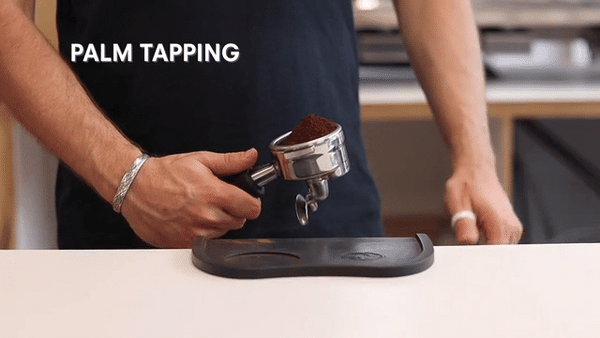
While you're here, take a look at our pervious research on coffee tamping. Coming up next time - we’re going to take a look at the effect of pressure. Is 9 bars really the ideal brewing pressure to get the best results?
